Public markets are the pulse of cities across the globe, a genuine reflection of neighborhood culture, cuisine, and commerce. They are colorful gatherings of vendors, artisans, farmers, and food sellers who share a place of common purpose, one that has acted as a community center for centuries. Public markets are the ideal portal of entry for tourists wanting to know a destination in the ways it lives, tastes, and trades.
The following are 20 cities worldwide with incredible public markets that should be included on any market lover’s travel schedule.
Pike Place Market, Seattle, USA

Pike Place Market is one of America’s oldest continuously operating public markets, dating back to 1907. This Seattle institution stretches across nine acres overlooking Elliott Bay. Local farmers and fishmongers display fresh catches alongside craftspeople selling handmade jewelry, art, and specialty foods in a lively atmosphere where flying fish and street performers provide constant entertainment.
La Boqueria, Barcelona, Spain

Situated just off Barcelona’s iconic Las Ramblas, La Boqueria was established in 1217 and is among the most renowned food markets in Europe. The iron gate entrance opens onto a sensory paradise of brightly colored produce stalls, festooned jamón, fresh seafood displays, and specialty food bars.
Residents and visitors crowd into the tiny bars between vendor stands to enjoy tapas prepared from the freshest market ingredients.
Like Travel Pug’s content? Follow us on MSN.
Tsukiji Outer Market, Tokyo, Japan
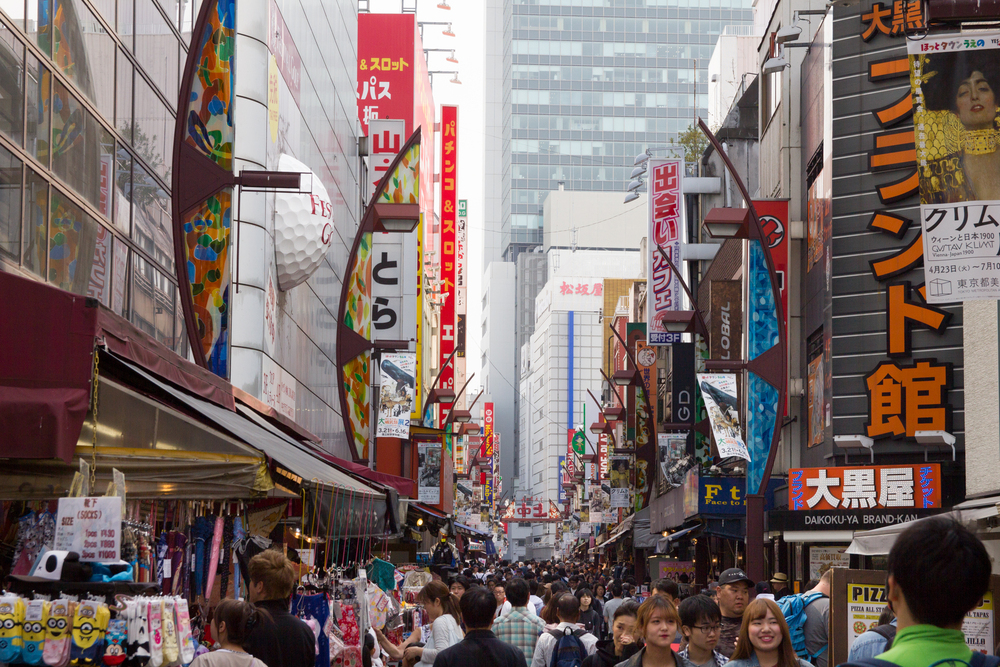
After Tokyo’s renowned wholesale fish market was moved to Toyosu, the Tsukiji Outer Market remains a food enthusiast’s haven. The small alleys are filled with stalls selling kitchenware, dried food, and fresh fruits and vegetables.
Early risers can savor sushi breakfasts prepared with fish directly imported from nearby waters, while street food stalls sell anything from seared seafood to Japanese sweets.
Borough Market, London, UK
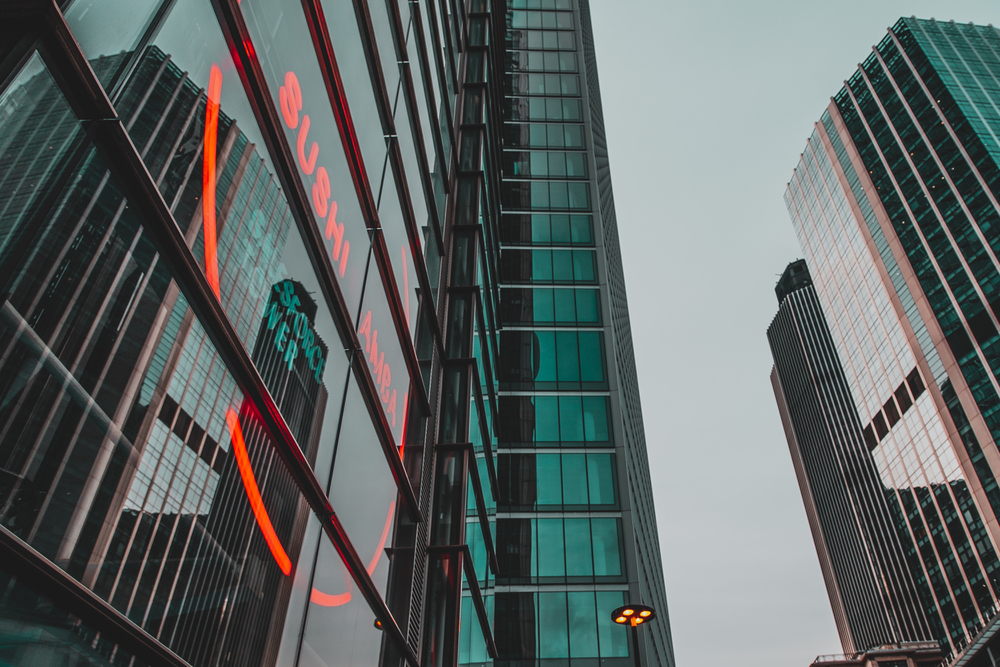
London’s Borough Market has been operating in some form since the 13th century, making it one of England’s oldest markets. Located under railway arches by London Bridge, the market is home to more than 100 specialist stalls selling artisan cheeses, freshly baked bread, and global street food.
During the week, the market is alive with office workers from the locality looking for lunch, but at weekends, foodies discover the wide range of culinary delights.
Marrakech Medina Markets, Marrakech, Morocco
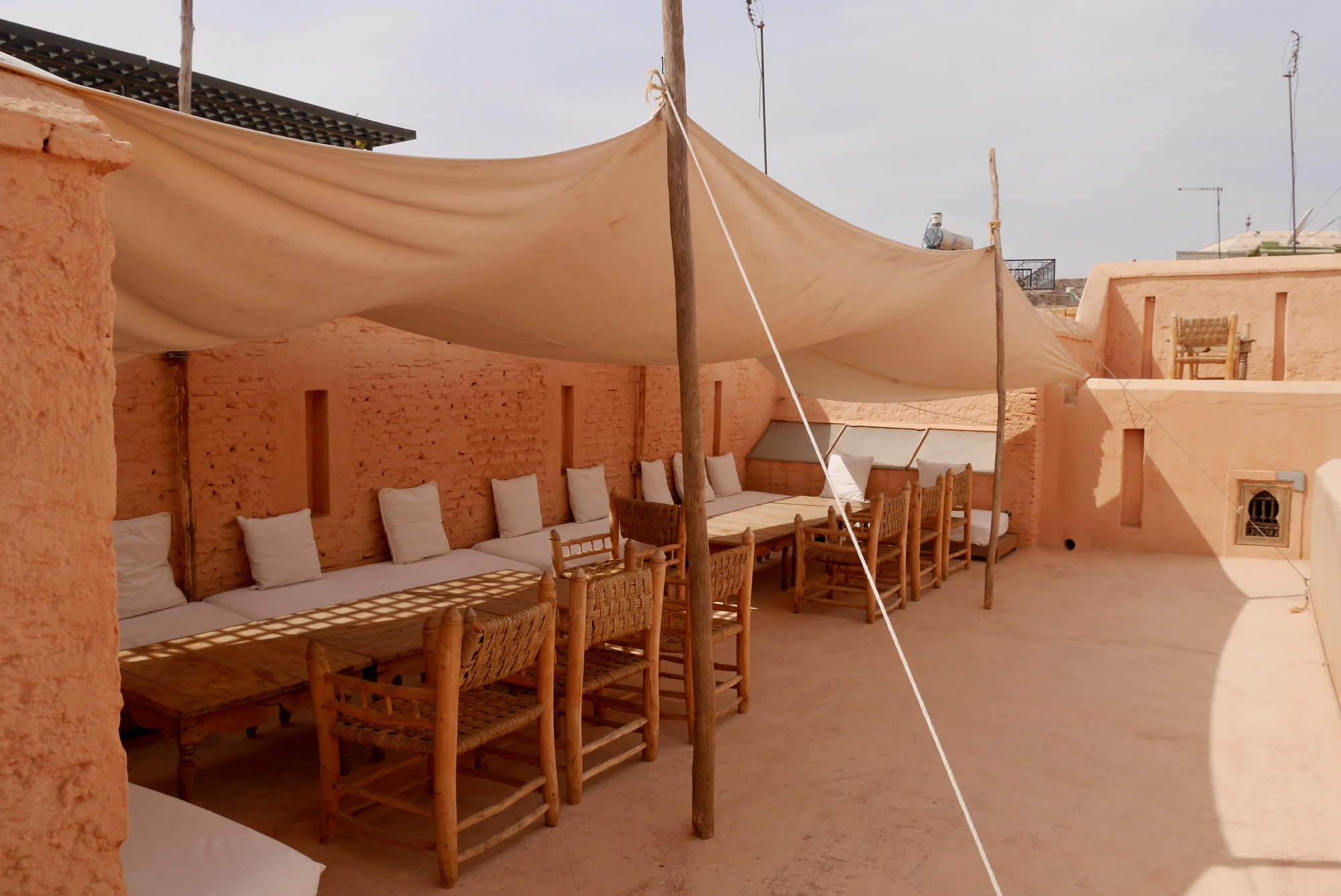
The maze-like markets of Marrakech’s old medina provide an intoxicating mixture of sounds, smells, and vistas. Segregated into specialized souks, tourists can wander through sections specializing in spices, fabrics, metalwork, and many other commodities.
The central hub of this system of markets is Jemaa el-Fnaa square, which evolves from a daytime marketplace to a night carnival of food vendors, storytellers, and musicians when the sun dips below the city.
Like Travel Pug’s content? Follow us on MSN.
Grand Bazaar, Istanbul, Turkey
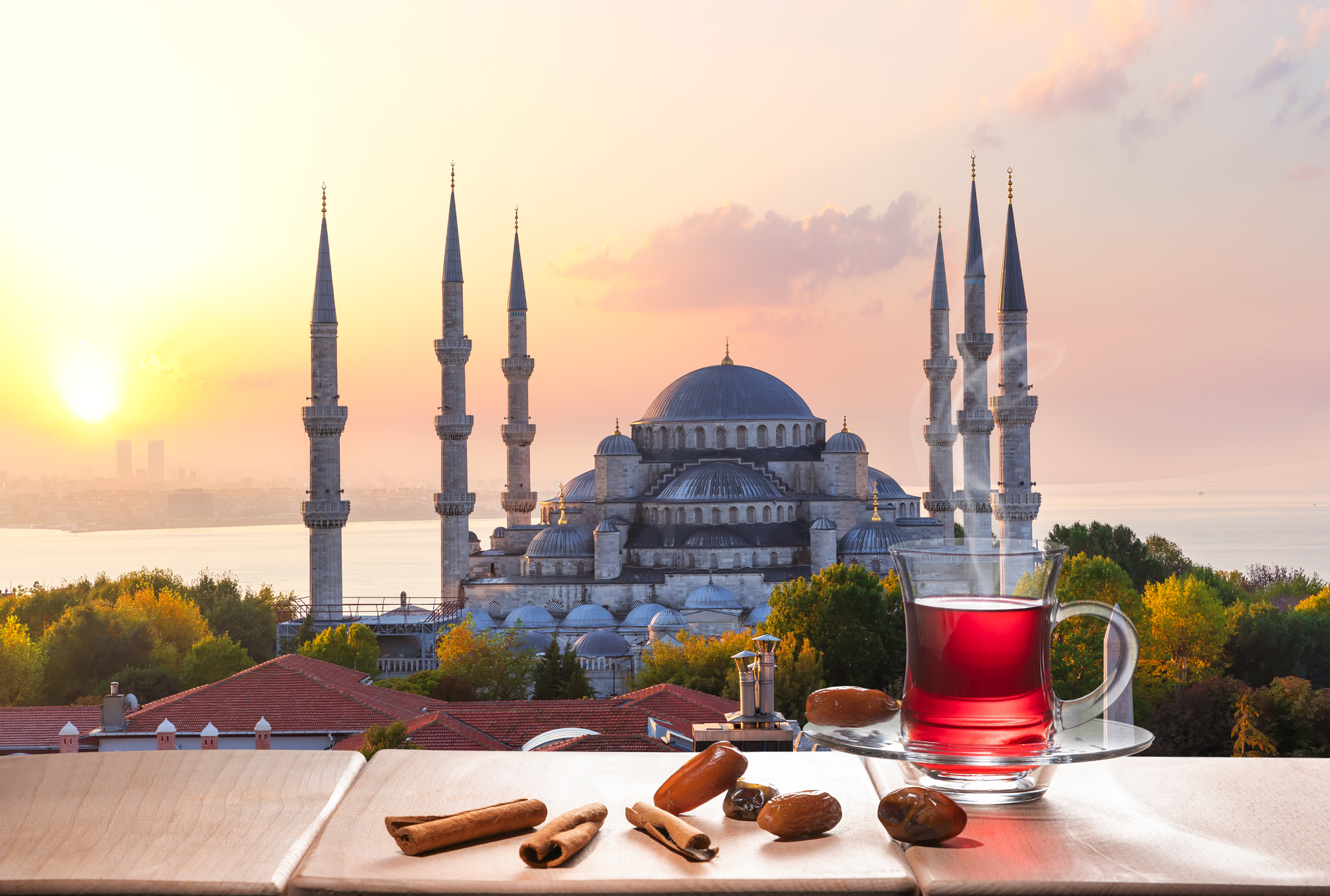
Istanbul’s Grand Bazaar, which dates back to 1455, ranks among the world’s oldest and largest covered markets. The sprawling complex contains over 4,000 shops across 61 covered streets and attracts up to 400,000 visitors daily.
Shoppers can find everything from handwoven carpets and intricate ceramics to gold jewelry and leather goods, often concluding their shopping with strong Turkish coffee at one of the market’s many cafés.
Camden Market, London, UK

What began as a small crafts market in the 1970s has evolved into one of London’s most vibrant alternative shopping destinations. Camden Market comprises several adjoining marketplaces along Camden Lock, offering vintage clothing, handcrafted goods, and global street food.
The market’s punk heritage remains evident in its eclectic mix of vendors and distinctive atmosphere, which draws locals and tourists seeking unique finds.
Mercado de San Miguel, Madrid, Spain

Housed in an early 20th-century iron structure, Madrid’s Mercado de San Miguel represents the elegant side of public market culture. The beautifully restored glass-and-iron market has been transformed into a gourmet food hall where visitors can sample Spain’s finest delicacies.
Market-goers move from stall to stall with glasses of vermouth or cava, sampling freshly shucked oysters, Iberian ham, and local cheeses beneath the market’s soaring ceiling.
Like Travel Pug’s content? Follow us on MSN.
Chatuchak Weekend Market, Bangkok, Thailand
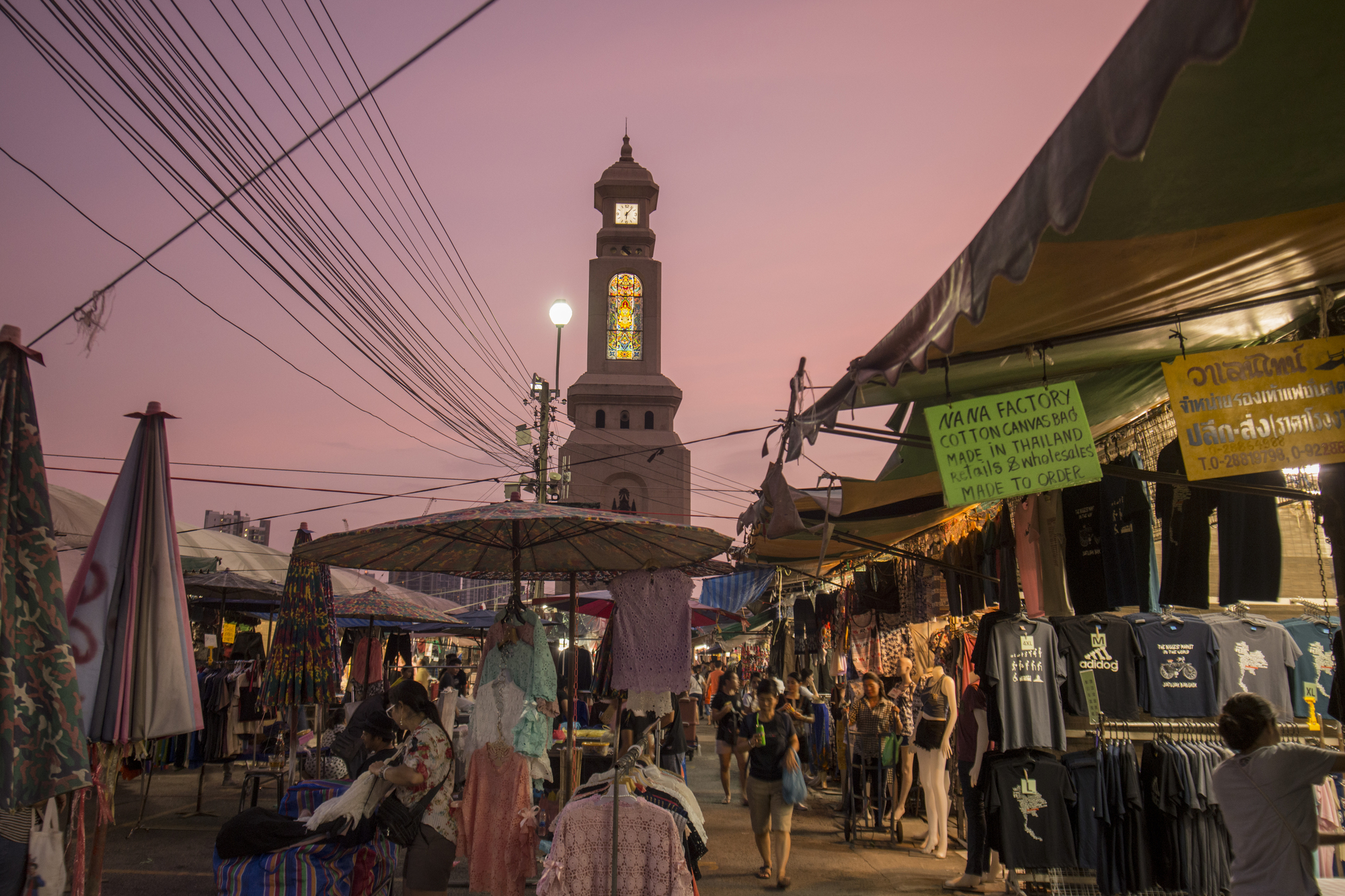
With over 15,000 stalls covering 35 acres, Bangkok’s Chatuchak Weekend Market ranks among the world’s largest outdoor markets. The market is divided into 27 sections selling everything imaginable—from clothing and handicrafts to household items and live animals.
Friday evenings and early Saturday mornings offer the best shopping experience before the midday heat and crowds peak.
Queen Victoria Market, Melbourne, Australia

Melbourne’s Queen Victoria Market has been operating since 1878 and remains the largest open-air market in the Southern Hemisphere. The heritage-listed site features distinctive historic sheds housing produce vendors, delicatessens, and specialty food shops.
The market’s famous Deli Hall contains rows of cheese, charcuterie, and bread vendors, while the nearby food court offers dishes representing Melbourne’s diverse cultural influences.
Mercado Central, Santiago, Chile

Santiago’s Mercado Central has been the city’s primary seafood market since 1872. It is housed in an impressive wrought-iron structure reminiscent of European market halls. The central section features seafood restaurants surrounded by vendors selling Chile’s extraordinary marine bounty.
The market stands as a testament to Chile’s 2,600-mile coastline, offering everything from king crab and sea urchin to dozens of fish species unknown outside South America.
Like Travel Pug’s content? Follow us on MSN.
St. Lawrence Market, Toronto, Canada

Named the world’s best food market by National Geographic, Toronto’s St. Lawrence Market has served the city since 1803. The South Market building houses over 120 specialty vendors across two levels, while the Saturday Farmers’ Market continues a tradition dating back more than two centuries.
The market’s peameal bacon sandwich has achieved legendary status among locals and visitors as Toronto’s signature dish.
Mercado de La Merced, Mexico City, Mexico

As Mexico City’s largest traditional market, La Merced sprawls across several city blocks in the historic center. The main hall covers more than 40,000 square meters, with additional streets and alleyways filled with vendors. Specialized sections offer produce, meat, chiles, and prepared foods representing Mexico’s diverse regional cuisines.
The sensory overload of colors, aromas, and flavors provides an authentic introduction to Mexican culinary culture.
Old Delhi Spice Market, Delhi, India

Khari Baoli in Old Delhi has operated as Asia’s largest spice market for centuries. The narrow lanes overflow with sacks of colorful spices, dried fruits, nuts, and herbs, creating a fragrant haze.
Porters navigate the crowded passageways, balancing impossible loads on their heads, while merchants call out to potential customers from their small shops overflowing with aromatic treasures.
Like Travel Pug’s content? Follow us on MSN.
Great Market Hall, Budapest, Hungary

Budapest’s Central Market Hall (Nagy Vásárcsarnok) opened in 1897 and remains the city’s most important market. The neo-Gothic building features a distinctive tiled roof and expansive interior with three levels of vendors.
The ground floor houses butchers, fishmongers, and produce sellers, while the upper level offers traditional Hungarian crafts and food stalls serving langos and other local specialties.
Ferry Building Marketplace, San Francisco, USA
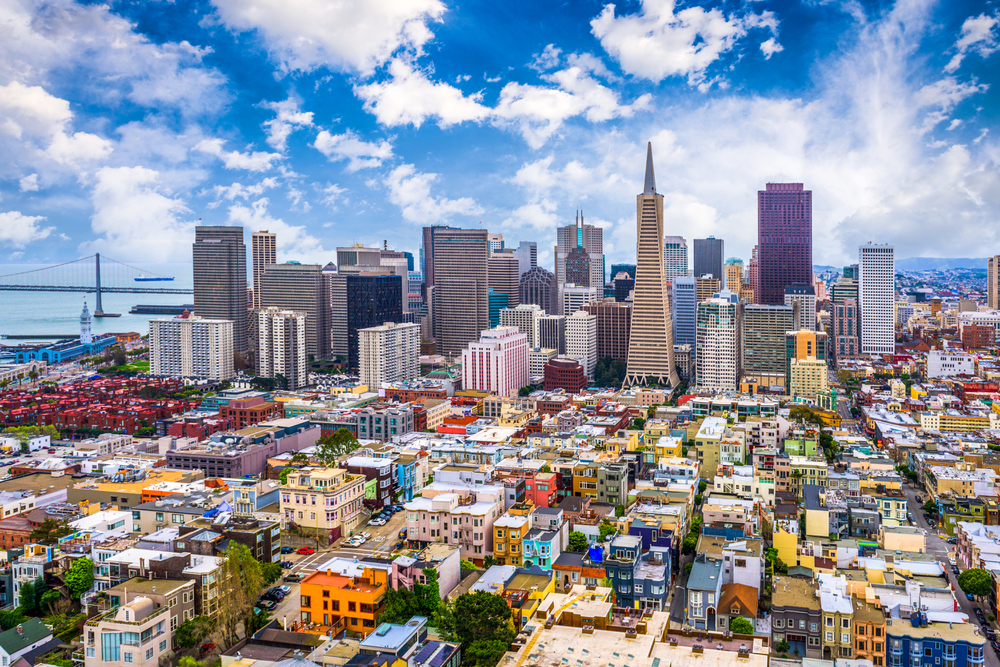
Following extensive renovation in 2003, San Francisco’s historic Ferry Building transformed into a celebration of Northern California’s food culture. The soaring 1898 structure now houses artisanal food producers, farm stands, and restaurants championing the region’s commitment to sustainable agriculture.
The three-weekly farmers’ market that surrounds the building has become a cherished institution among local chefs and food enthusiasts.
Mercado Municipal, São Paulo, Brazil

Known locally as Mercadão (Big Market), São Paulo’s central market opened in 1933 with a distinctive stained-glass facade and vaulted interior. The market specializes in exotic fruits from across Brazil alongside imported delicacies that reflect the city’s immigrant heritage.
Visitors shouldn’t miss trying the market’s famous mortadella sandwich, a culinary tradition brought by Italian immigrants. It is stacked impossibly high with thin-sliced meat.
Like Travel Pug’s content? Follow us on MSN.
Torvehallerne, Copenhagen, Denmark

Copenhagen’s modern take on the traditional market hall opened in 2011 and quickly became central to the city’s renowned food scene. The twin glass pavilions house over 60 stands selling fresh ingredients and prepared foods that showcase Nordic culinary innovation.
The market’s clean design reflects Danish aesthetic sensibilities, offering everything from traditional smørrebrød to craft coffee and local microbrews.
Gwangjang Market, Seoul, South Korea

Originally established in 1905, Seoul’s Gwangjang Market gained fame as the city’s first permanent market and today stands out for its extensive food alley. Visitors navigate narrow pathways between vendors selling bindaetteok (mung bean pancakes), mayak gimbap (seaweed rice rolls), and various banchan (side dishes).
The second floor houses hundreds of fabric vendors, continuing the site’s original purpose as a textile market.
Eastern Market, Washington D.C., USA

Since 1873, Washington, D.C.’s Eastern Market has served as a community hub and tourist destination. The historic brick building houses vendors selling farm-fresh products, baked goods, and prepared foods year-round.
On weekends, additional farmers’ stalls and an arts market transform the surrounding streets into a lively shopping district just blocks from the U.S. Capitol Building.
Like Travel Pug’s content? Follow us on MSN.
Markets and Cultural Connection

These remarkable public markets offer travelers something that polished tourist attractions cannot—authentic connections to local culture through food, craftsmanship, and commerce. Each market tells the story of its city through the goods displayed, the languages spoken, and the community that gathers there.
For travelers seeking to understand the soul of a destination, there may be no better place to start than among the stalls of its public markets, where daily life unfolds in all its colorful, chaotic glory.
More from Travel Pug

- Cities Growing so Fast You Won’t Recognize Them in 10 Years
- 13 Destinations Where Tourists Regularly Regret Their Trip
- 20 Obscure WWII Sites Even History Buffs Don’t Know About
- 10 Under-the-Radar Mountain Towns That Are Both Affordable and Beautiful
- Remote Villages in Europe Where You Can Live for Free in Exchange for Work
Like Travel Pug’s content? Follow us on MSN.
